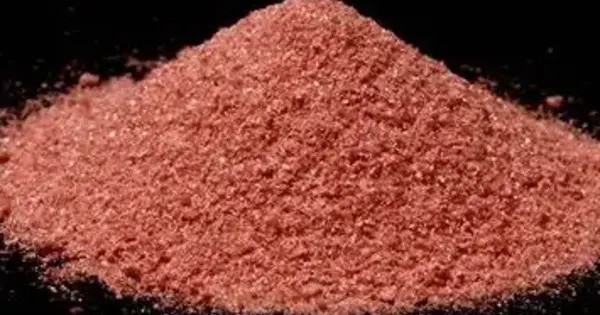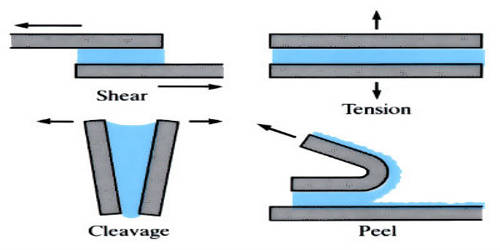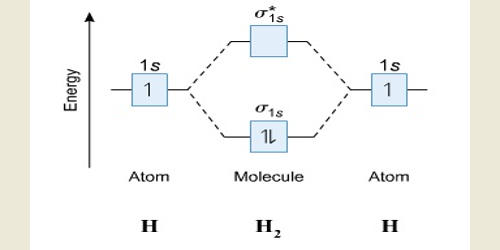Cobalt(II) acetate is the cobalt salt of acetic acid. It t typically appears as a pink or purple crystalline solid. It is soluble in water and ethanol. It is commonly found as the tetrahydrate Co(CH3CO2)2·4 H2O, abbreviated Co(OAc)2·4 H2O. It is used as a catalyst. It can be used in the manufacture of certain dyes and pigments.
Cobalt(II) acetate can be hazardous if ingested or inhaled, and it may cause skin and eye irritation. Appropriate safety precautions should be taken when handling this compound.
Properties
It generally stable under normal conditions, but should be handled with care due to potential toxicity. It can act as a Lewis acid and may participate in various chemical reactions, including coordination with ligands.
- Chemical formula: Co(C2H3O2)2
- Molar mass: 177.02124 g/mol (anhydrous), 249.08 g/mol (tetrahydrate)
- Appearance: Pink crystals (anhydrous), intense red crystals (tetrahydrate)
- Odor: vinegar (tetrahydrate)
- Density: 1.705 g/cm3 (tetrahydrate)
- Melting point: 140 °C (284 °F; 413 K) (tetrahydrate)
- Solubility in water: Soluble
- Solubility: soluble in alcohol, dilute acids, pentyl acetate (tetrahydrate)
Occurrences
Cobalt(II) acetate can occur in trace amounts in some minerals and may be derived from the weathering of cobalt-containing ores. Commonly produced in laboratories by reacting cobalt(II) carbonate or cobalt(II) oxide with acetic acid.
Reactions
- Cobalt acetate is a precursor to various oil drying agents, catalysts that allow paints and varnishes to harden.
- Anhydrous cobalt acetate is a widely used source of cobalt in the synthesis of materials, catalyst, and complexes.
- Oxidation of acetic acid solutions of cobalt(II) acetate, e.g. with ozone, gives cobalt(III) acetates, which are strong oxidants.
Uses
- Often used as a drying agent in paints and varnishes.
- Serves as a catalyst in various chemical reactions.
- Utilized in the production of cobalt-based pigments.
















